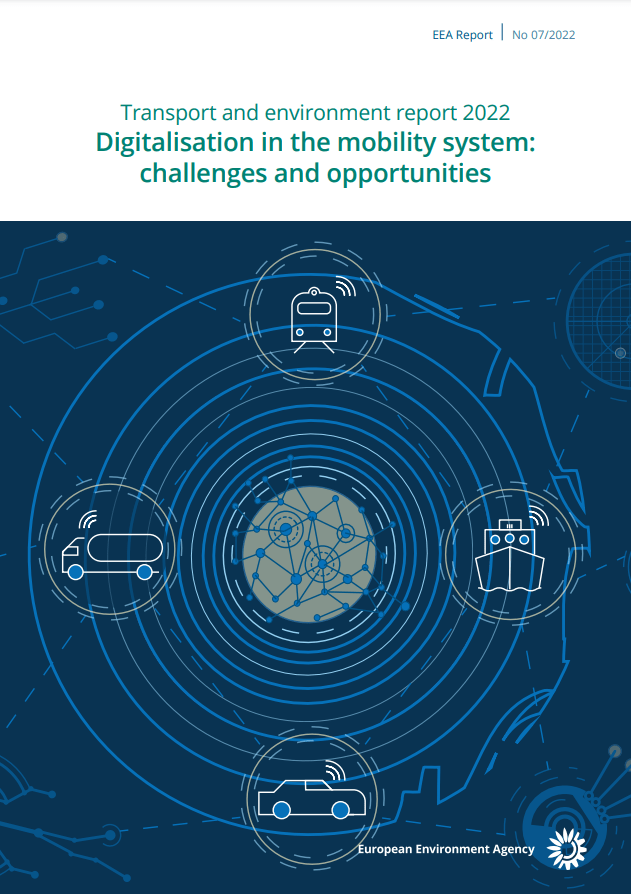Digital technologies provide ways to lessen the negative effects of the European transport industry, including land grabbing, habitat fragmentation, increasing greenhouse gas emissions, noise pollution, accidents, and time wasted in traffic. However, these benefits rely on how digital solutions are implemented and how they impact total transport demand, according to a recent analysis by the European Environment Agency (EEA). In a different foresight briefing, teleworking and sustainability are covered in more detail.
Published today, the EEA’s ‘Transport and environment report’ focuses on digitalisation in Europe’s mobility system — a system that is a key component of the EU economy and fulfils a wide range of vital societal needs. The European Green Deal aims to achieve a 90% reduction in transport-related greenhouse gas emissions by 2050 but so far, it has proven to be among the sectors that are most difficult to decarbonise.
The digital transformation of society is also changing how Europe’s mobility system works, and offers opportunities for improved sustainability of the sector. According to the EEA analysis, digitalisation may affect transport efficiency, infrastructure, energy needs and policies, but its effects are still uncertain and depend strongly on the development of transport demand. Until now, growth in transport demand has off-balanced technological efficiency gains, such as lower fuel consumption.
One clear opportunity offered by the digitalisation of the mobility system is the volume of new data and information that it offers. These can be used to inform more effective and targeted policies, which can support a shift to more sustainable and fair mobility system, the EEA analysis states. Moreover, automated mobility is expected to improve safety and accessibility of passenger transport, and it could be used to support a shift to collective and shared mobility.
However, uncertainties in these developments remain high and lower costs achieved through automation could also increase transport demand. Similarly, new technology can optimise logistics but they can also trigger a further increase in demand, which could counteract any environmental gains, the EEA report warns.

Transport and Environment Report 2022 |
New briefing: Commuting or working from home?
Another example of digitalisation affecting mobility is teleworking, where the environmental net effect is still uncertain because of the potentially significant rebound effects involved.
According to a new EEA briefing, ‘From the daily office commute to flexible working patterns — teleworking and sustainability’, hybrid working could in principle help reduce commuting, support a move away from car-centric lifestyles and influence urban planning. However, supporting policies are needed to avoid negative rebound effects or trade-offs that compromise sustainability of new working models, the EEA briefing states.
The briefing on teleworking and sustainability is part of EEA’s foresight work that uses horizon scanning to identify emerging issues that can affect Europe’s sustainability efforts.







Leave a Reply